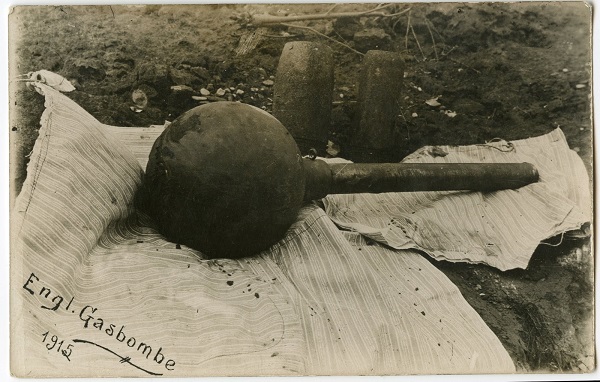Wiki loves GLAMS! Announcing the Europeana 1914-1918 Wikimedia competition
Europeana will showcase the collection of portfolios to demonstrate the diverse, innovative, and high-quality ways that this important period of Europe's history can be understood through open-access heritage.
In the first half of 2017, Europeana is challenging the dozens of recognised Wikimedia Affiliate organisations to run “editathons” and upload images, transcribe documents and use the public resources of Europeana’s partner organisation to build a portfolio of activities relating to the centenary of the First World War.
Europeana will showcase the collection of portfolios to demonstrate the diverse, innovative, and high-quality ways that this important period of Europe's history can be understood through open-access heritage, with an emphasis on working with its partner cultural institutions across the continent.
After five years of successful and intense crowdsourcing, content gathering and community building, the Europeana 1914-1918 project is now harvesting its fertile holdings. On the one hand this is done through further enhancement and enrichment of the available data, in particular with crowdsourced transcriptions. On the other hand the unique collection will be more actively promoted as a rich and reliable source for research and reuse.
Europeana manages this by developing strategic partnerships, by paving the way for creative reuse by developers and by providing the infrastructure that offers opportunities for creating new meaningful ways to access and interpret culture. Wikipedia, and two of its sister sites Wikidata and Wikisource, offer one of the best ways to do this.
Over the years there have been a number of joint Wiki/Europeana initiatives, varying from targeted editathons to challenges aimed at engaging the broader public. With the First World War material from Europeana 1914-1918, special collaborative actions have also been undertaken: for instance, in the 2013 “Wiki Loves Monuments” (WLM) competition, where people could vote for the best entry in the Europeana sponsored category: First World War related photographs. With almost 2,500 submissions, the Europeana team shortlisted 25 photographs. And in 2015 a mass-upload of Europeana 1914-1918 images, a handpicked collection of several hundred high-quality and historically significant objects with the greatest possible chance of reuse as a result.

Christoph Herrmann, http://www.europeana1914-1918.eu/en/contributions/761, CC-BY-SA
The most used image (from a private contributor) on Wikipedia from Europeana 1914-1918 is a picture of this British gas bomb.
The GLAM-Wiki initiative (institutions including, but not limited to "galleries, libraries, archives, and museums" with Wikipedia) helps the cultural institutions share their resources with the world through collaborative projects with experienced Wikipedia editors and encouraging them to contribute to the Wikimedia projects, including the well-known Wikipedia. This page explains how Wikipedia can help make an impact in your institution.
If you would like to contact your local Wikimedia community affiliate organisation or follow the Challenge’s progress, please visit the project homepage, or contact Ad Pollé or Liam Wyatt.


